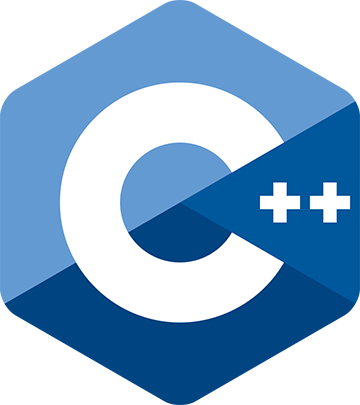Date: Fri, 23 May 2025 21:48:43 +0000
On Friday, May 23rd, 2025 at 2:13 PM, Sebastian Wittmeier via Std-Proposals <std-proposals_at_[hidden]> wrote:
> There is no guarantee that the value in the switch(value) instruction is one of the string constants.
>
> If it is possible that it has the same hash, but is a different value, then an actual comparison has to follow the selection of the branch with the matching hash.
Yes, a final == comparison is needed between
string content, of course.
> If you really want to optimize, then there are faster ways than hashing:
>
> switch (color) {
>
> case "red":
>
> case "blue":
>
> case "green":
>
> }
>
> only the first letter (r or b or g) or e.g. only the second letter (e or l or r) can be read to know, which one it is, iff you know, color is one of the three string values.
What you're describing is a Trie. Double-array
compile-time Trie and compile-time string
binary search leads to a slightly different kind
of strategies where each action to emit
after a search hit is a goto address as
opposes to a final computed goto, but the codegen
for the `switch` body remains the same.
Perfect hash + computed jump is just one of
implementation strategies and may fit longer string
constants.
> > > So... you want it to break if there's a hash collision? I'm not sure
> > > if I can call that an "optimization".
> >
> > The entries are known before forming the
> > table, so collision can be avoided by
> > perfect hashing.
> >
> > See also https://github.com/serge-sans-paille/frozen
> There is no guarantee that the value in the switch(value) instruction is one of the string constants.
>
> If it is possible that it has the same hash, but is a different value, then an actual comparison has to follow the selection of the branch with the matching hash.
Yes, a final == comparison is needed between
string content, of course.
> If you really want to optimize, then there are faster ways than hashing:
>
> switch (color) {
>
> case "red":
>
> case "blue":
>
> case "green":
>
> }
>
> only the first letter (r or b or g) or e.g. only the second letter (e or l or r) can be read to know, which one it is, iff you know, color is one of the three string values.
What you're describing is a Trie. Double-array
compile-time Trie and compile-time string
binary search leads to a slightly different kind
of strategies where each action to emit
after a search hit is a goto address as
opposes to a final computed goto, but the codegen
for the `switch` body remains the same.
Perfect hash + computed jump is just one of
implementation strategies and may fit longer string
constants.
> > > So... you want it to break if there's a hash collision? I'm not sure
> > > if I can call that an "optimization".
> >
> > The entries are known before forming the
> > table, so collision can be avoided by
> > perfect hashing.
> >
> > See also https://github.com/serge-sans-paille/frozen
-- Zhihao Yuan, ID lichray The best way to predict the future is to invent it. _______________________________________________
Received on 2025-05-23 21:48:51
